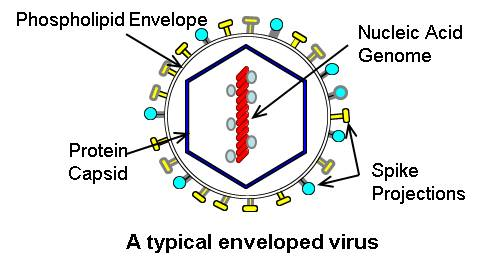
1. Looking at the CRISPR landscape.
This has been one of the hottest spaces the past year. I was in this space when everyone hated CRISPR. It was all about mutations and risk. Now its all about changing the future. The risks are still there, but only the sentiment has changed.
This has been one of the hottest spaces the past year. I was in this space when everyone hated CRISPR. It was all about mutations and risk. Now its all about changing the future. The risks are still there, but only the sentiment has changed.
2. I got into $CRSP back in the fall of 2018 when they published their preclinical data on SCD. The NHP data showed it was superior to the current companies everyone loved like $SGMO and $BLUE. I had even owned $SGMO at the time.
3. I opted to go with the science and bailed on the over loved $SGMO and dumped into $CRSP. The first generation CAS companies use double stranded breaks. There is a high level of risk that mutations will occur over time. This isn't something that pops up in a few months.
4. It can take years. The fear in the midst of the frantic euphoria for these companies it they are a ticking timebomb of cancer. It could take 3 to 5 years to relieve these fears. I have been playing this space with one foot out the door locking in profits frequently.
5. This includes $NTLA, $CRSP and $EDIT. No one is going to doubt the data. This editing technology works and it works powerfully. If there was no fear of mutagenesis, no one would have developed the base editors. The fact that base editors exist tell us they are really scared.
6. Then along came $BEAM with base editing. I got into this one right after the IPO. It was my new hot play as it was working to address all the issues of 1st generation editors. It was no perfect, but it was a great bridge to what could come next.
7. Base editing still has a lot of risk with off target edits of the guides, by-stander edits of the deaminase, and it can not do insertions any longer as a base editor. It eliminated the risk of mutations from indels, but created other risks.
8. After the $NTLA data in hATTR, there has been a massive craze around CRISPR. This has brought out a flurry of new companies and science to be published as everyone wants to capitalize on the craze.
9. That brought out $GRPH as an IPO. This company still uses Double stranded breaks, but inserts using a homologous DNA strand. I find a lot to worry about with this technology. It seems the market thinks so too based on its valuation.
10. Then came $VERV that is a $BEAM knock off. They licensed their tech from $BEAM and pretty much owe half of anything they develop to $BEAM. Yet it gets a $3 billion value. Go figure. Its might as well be a subsidiary of $BEAM.
11. $CRBU was the last to go public, but it was one of the original CRISPR companies. It just waited so long to go public. They are focused on cell therapies. That has not really appealed to the CRISPR fanatics which is just fine with me. Its the only CRISPR company I still own.
12. At some point the craze will break and these companies will get valued based on other similar companies in this space of biotech. That could be a very powerful correction.
13. I still like the science here, and I still follow the space. I just can't get behind the level of irrational exuberance in the space. That never ends well. Its been a very rewarding space. $BEAM is up over 500% and $CRSP is up over 600% and I moved to the sidelines.
14. There has been a big correction so far this year in this space, but I think its still trading at 3x the value of any other biotech at this same stage of development. Many of those other companies have as much or even more potential as CRISPR.
15. There will come a point in this correction to get back into the CRISPR names. It has to make the risk worth the reward. Right now the risks are high and the values are way to high for that risk.
• • •
Missing some Tweet in this thread? You can try to
force a refresh






